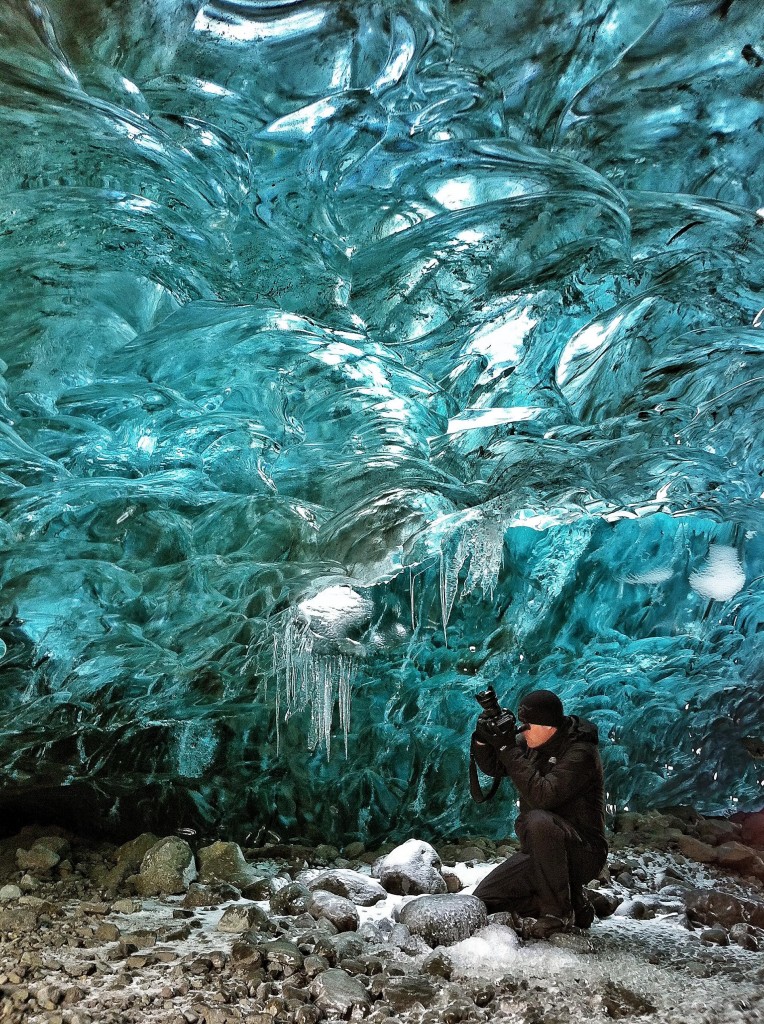
Date of birth: 21st of June 1967
How did you become passionate about nature photography?
As an art director in advertising, I worked with many professional photographers throughout my career. They inspired me to try to get more out of my images than just taking snapshots on my holidays. In the beginning I was a photographic omnivore, but mostly doing travel photography. It wasn’t until my first safari in Africa that I realized that I wanted to focus on wildlife. Later on I also started doing more landscape photography as well.
What do you take with you on a photo shoot?
That greatly depends on the location and the conditions. On landscape trips I typically bring three bodies and three lenses – a 14-24, a 24-70 and a 70-200 on a Nikon D4, D800 and D3s. I always bring my tripod and a ballhead wherever I go, as well as a programmable cable release for night photography, flashlights, rain covers and some filters.On wildlife trips it depends on the circumstances and the main subject. On most safaris I use my 200-400 quite a lot because I think it’s the ideal focal range and I like the flexibility of a zoom. I also have a 600 that I use for smaller subjects or when I know the subject is going to be far away from the camera.
What subject do you prefer to photograph and why?
I look at my photographs through the eyes of a graphic designer – I like my pictures to be well organized with powerful shapes and lots of clarity. This is how I pick my landscapes and wildlife. Elephants are great, not only because they’re fascinating to watch, but also because they have such a clearly defined shape and they’re large. With large subjects you can use shorter focal lengths and include more habitat. That’s why I don’t photograph birds much – you need tons of focal length for them and you end up with just the subject against the sky or with only a leaf or a branch.
What is your favorite nature reserve?
I like the Lower Zambezi a lot because of the beautiful habitat, even though it’s a bit harder to photograph animals there.
What is your favorite shooting position?
The one that gives me a unique perspective.
Which nature photographer do you admire?
I get my inspiration from many photographers, but mostly they’re not nature photographers.
What quality must a nature photographer absolutely have?
Love for the subject that they photograph, the ability to predict what’s going to happen before it actually happens, perseverance, tons of patience, and if you want to be successful: to think outside the box, to see past the obvious.
Which light situation do you prefer?
The more dramatic, the better.
Which setting do you prefer: Manual-Aperture Priority-Shutter Priority?
I prefer everything manual.
In percentage terms how much time to you take to create an image and to process the image?
The time I spend to create an image in the field greatly depends on the subject, the location and the weather circumstances. Sometimes you get ‘the shot’ in a few seconds, sometimes it takes me years. Image processing is an ongoing process for me – it never stops. Every time I open an image that I already processed, I change things.
Which processing program do you use?
I use Nikon View NX for editing and selecting, Nikon Capture NX for raw conversions, Photoshop for creating the look I want, and Lightroom for keeping track of my images and for fast processing.
Do you have any advice for future nature/wildlife photographers?
Before you start shooting, check what’s already been shot of your subject. Don’t try to imitate what’s already out there or you’ll never make it. Most natural subjects have already been photographed millions of times before, so ask yourself why anyone should be interested in your version of it. What makes it so different, so special? If you can’t answer that question, it’s not very likely your image is going to shake the world.
You can find out more about Marsel van Oosten on his website: http://www.squiver.com/